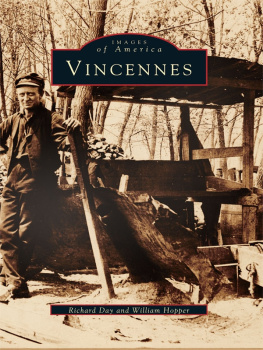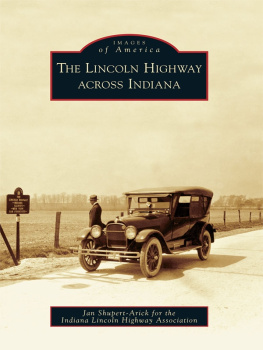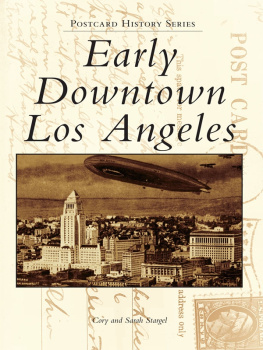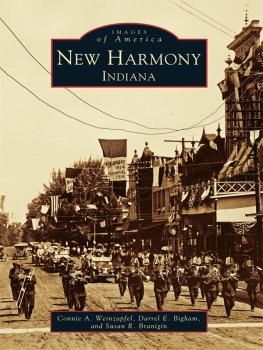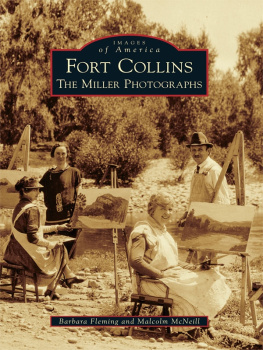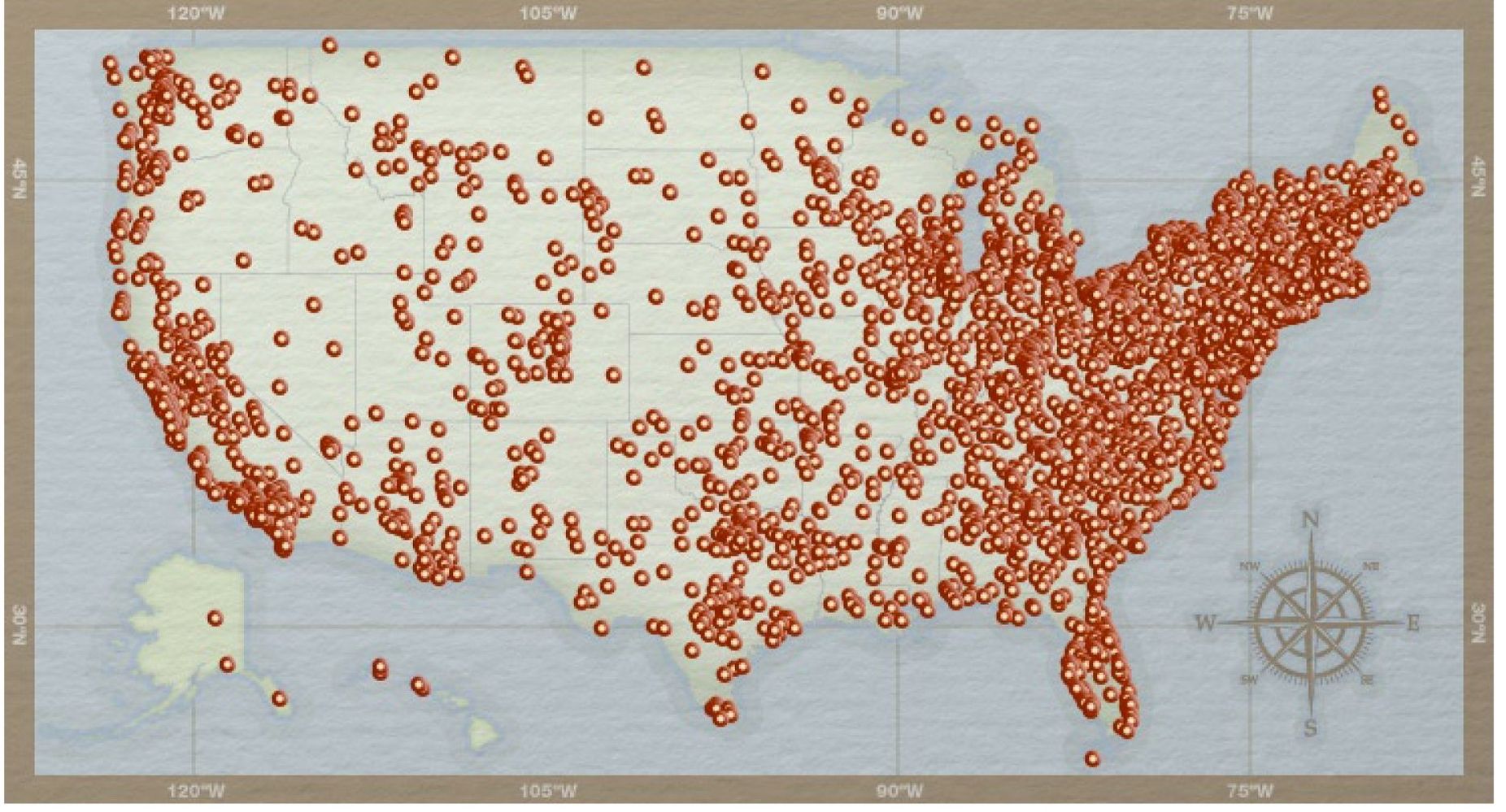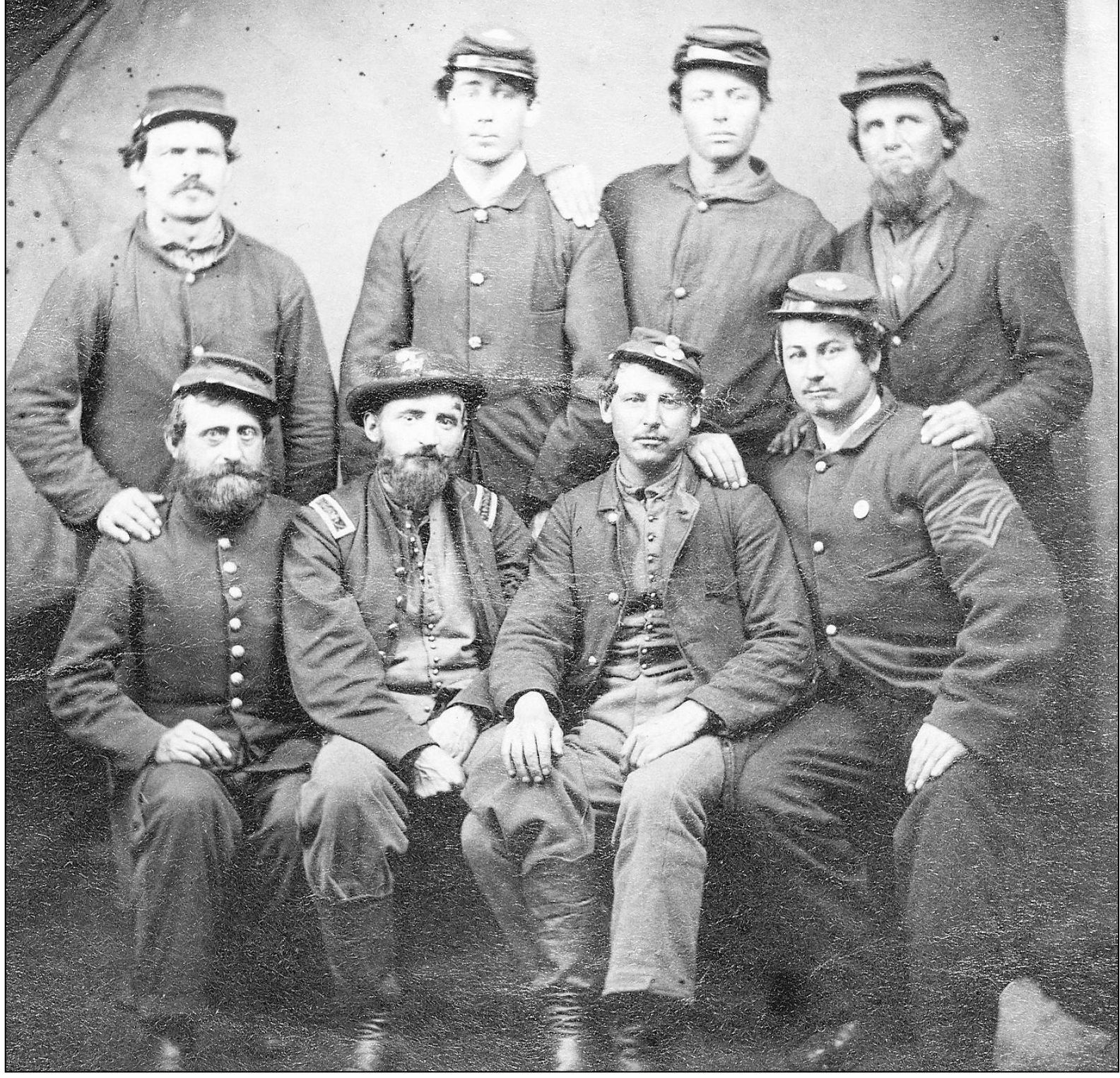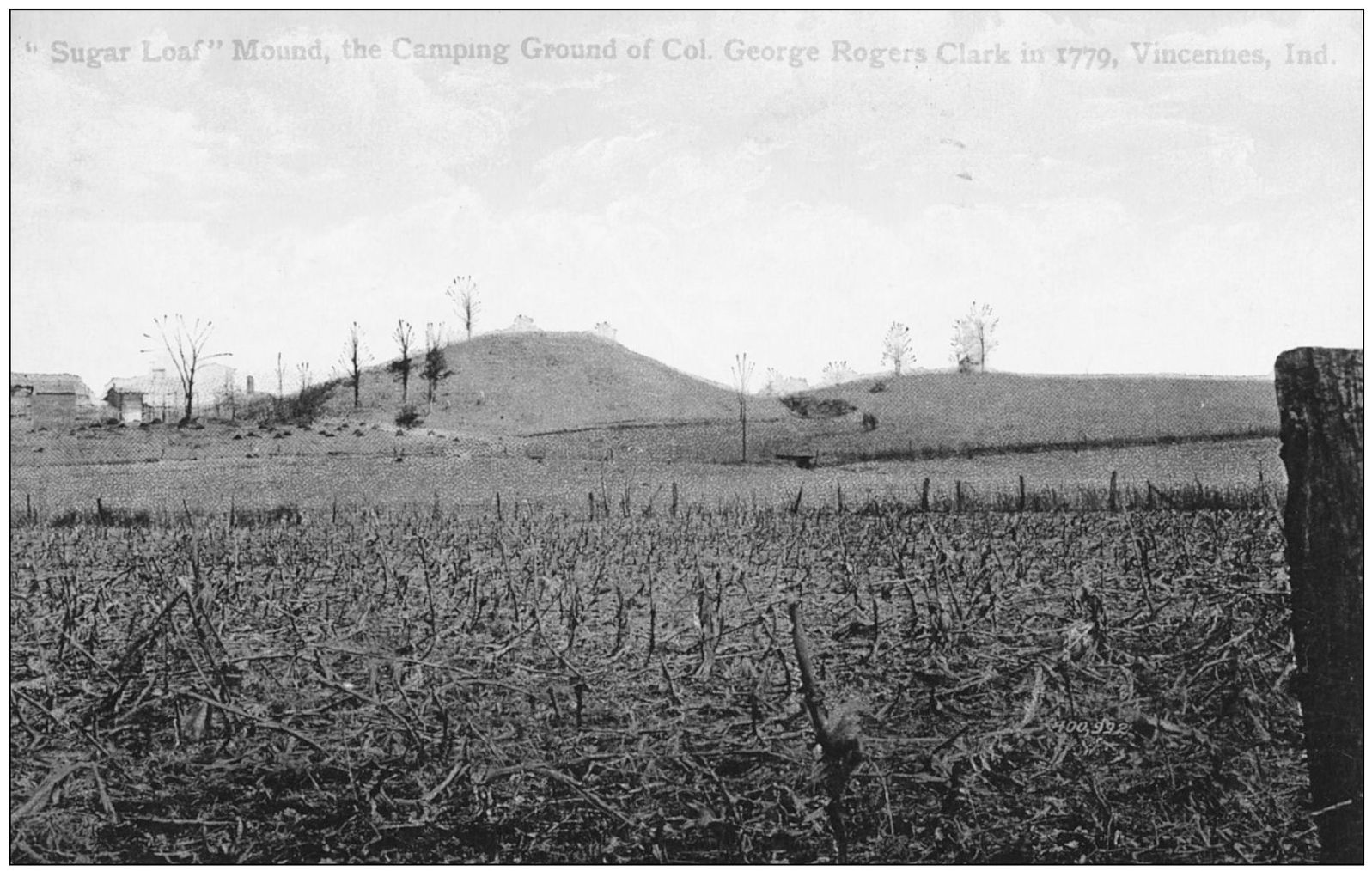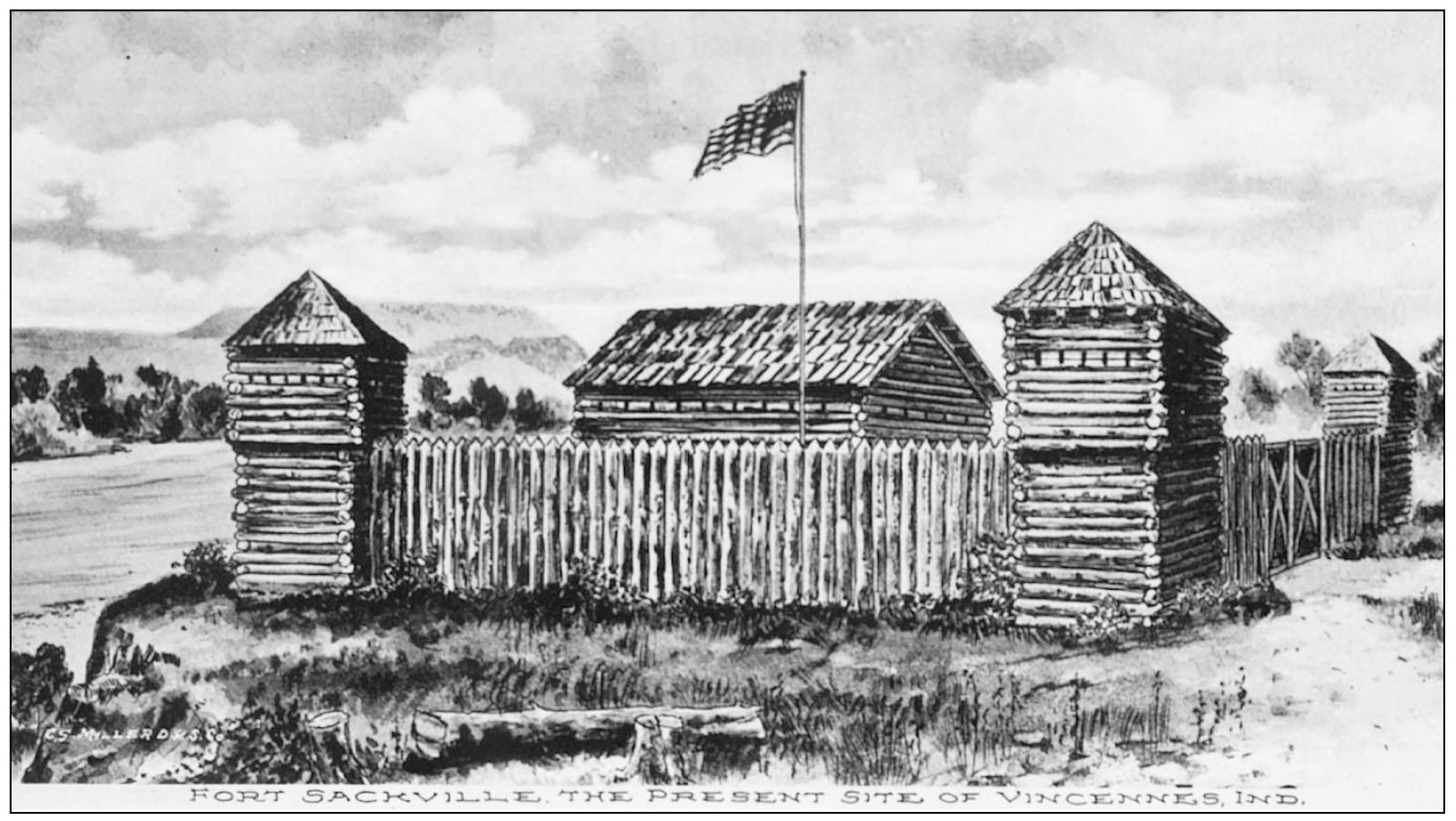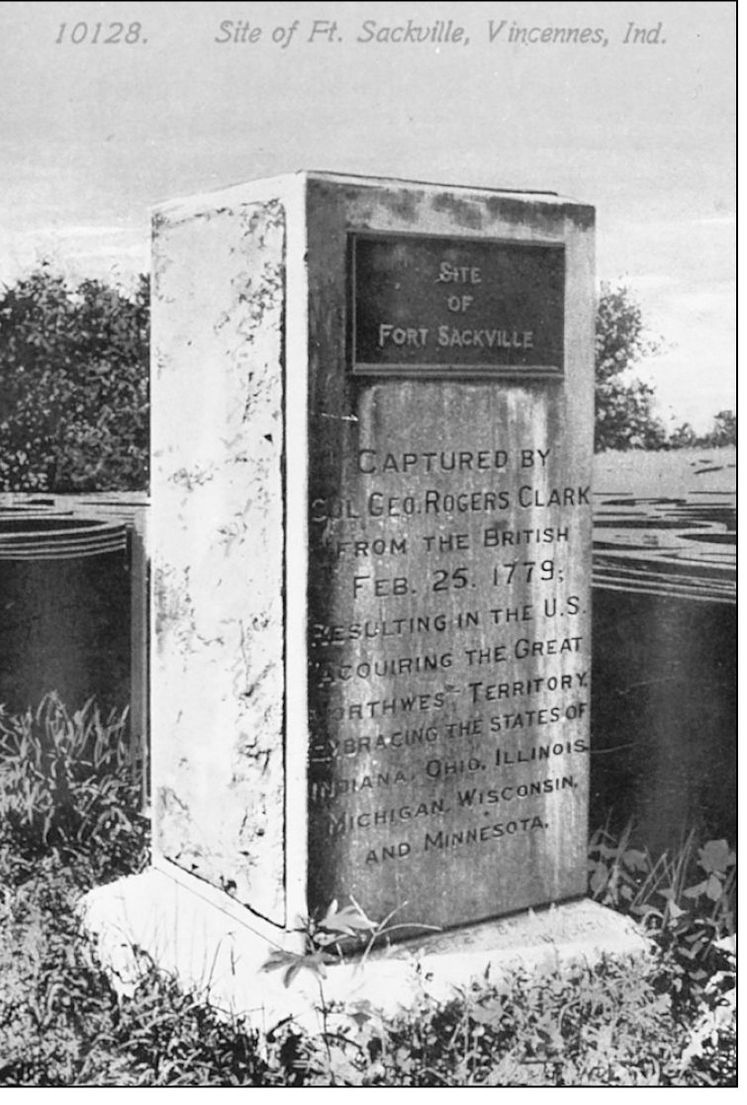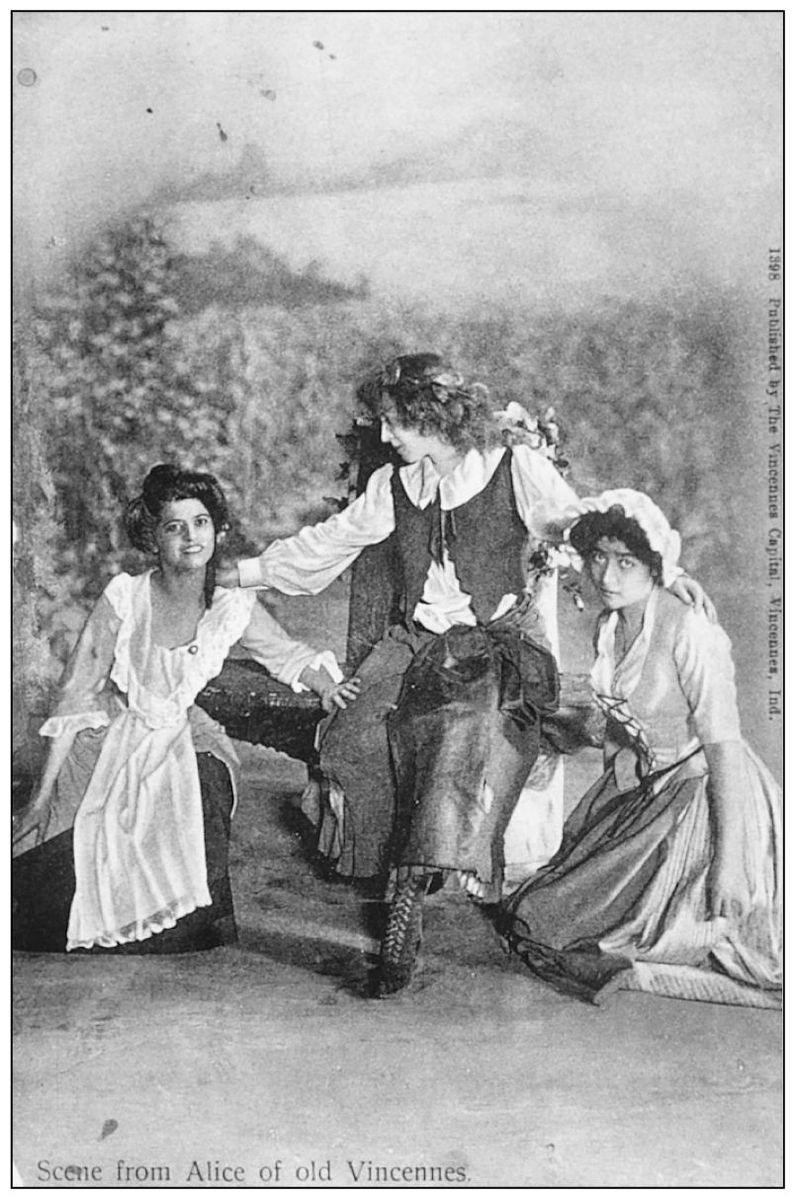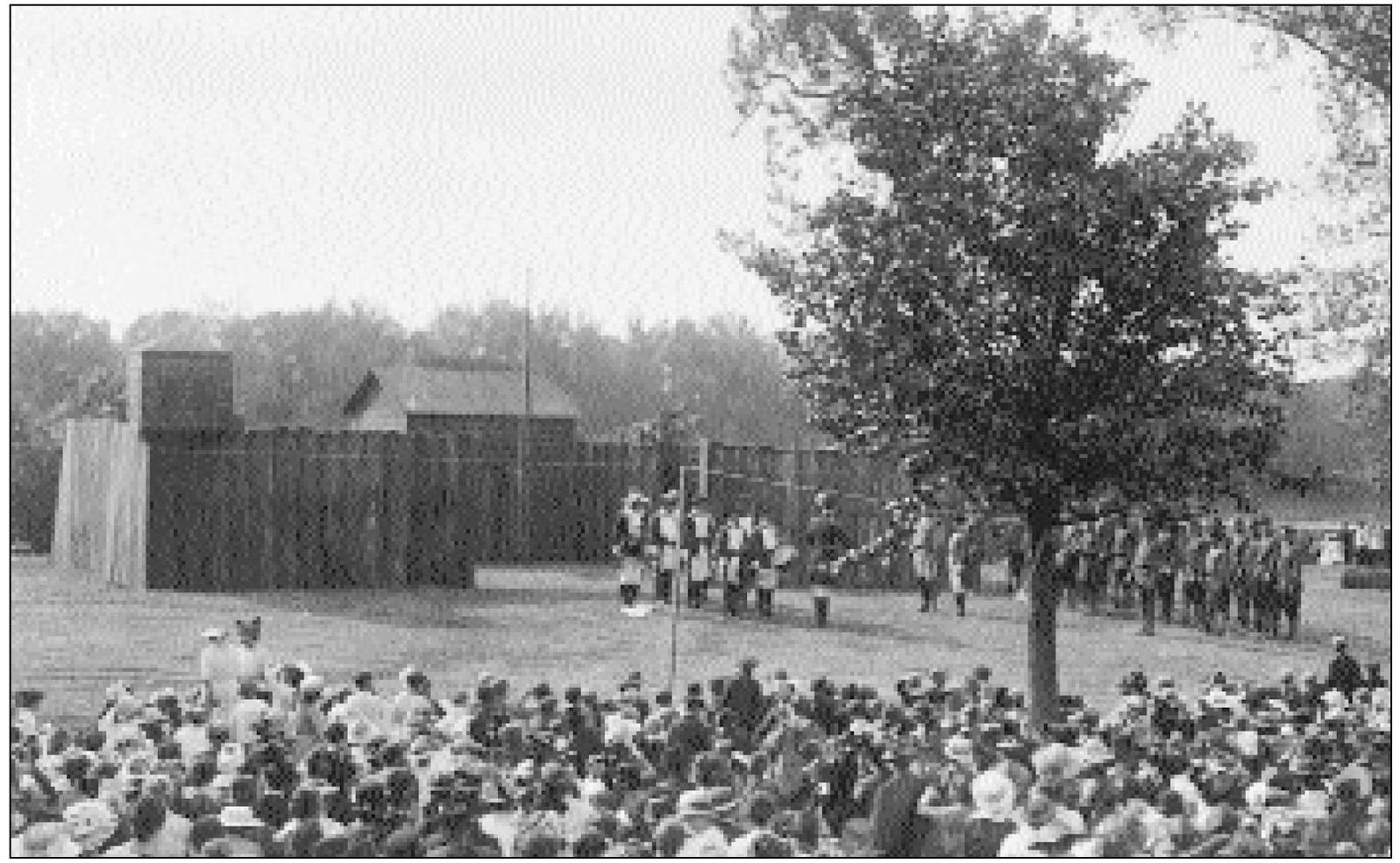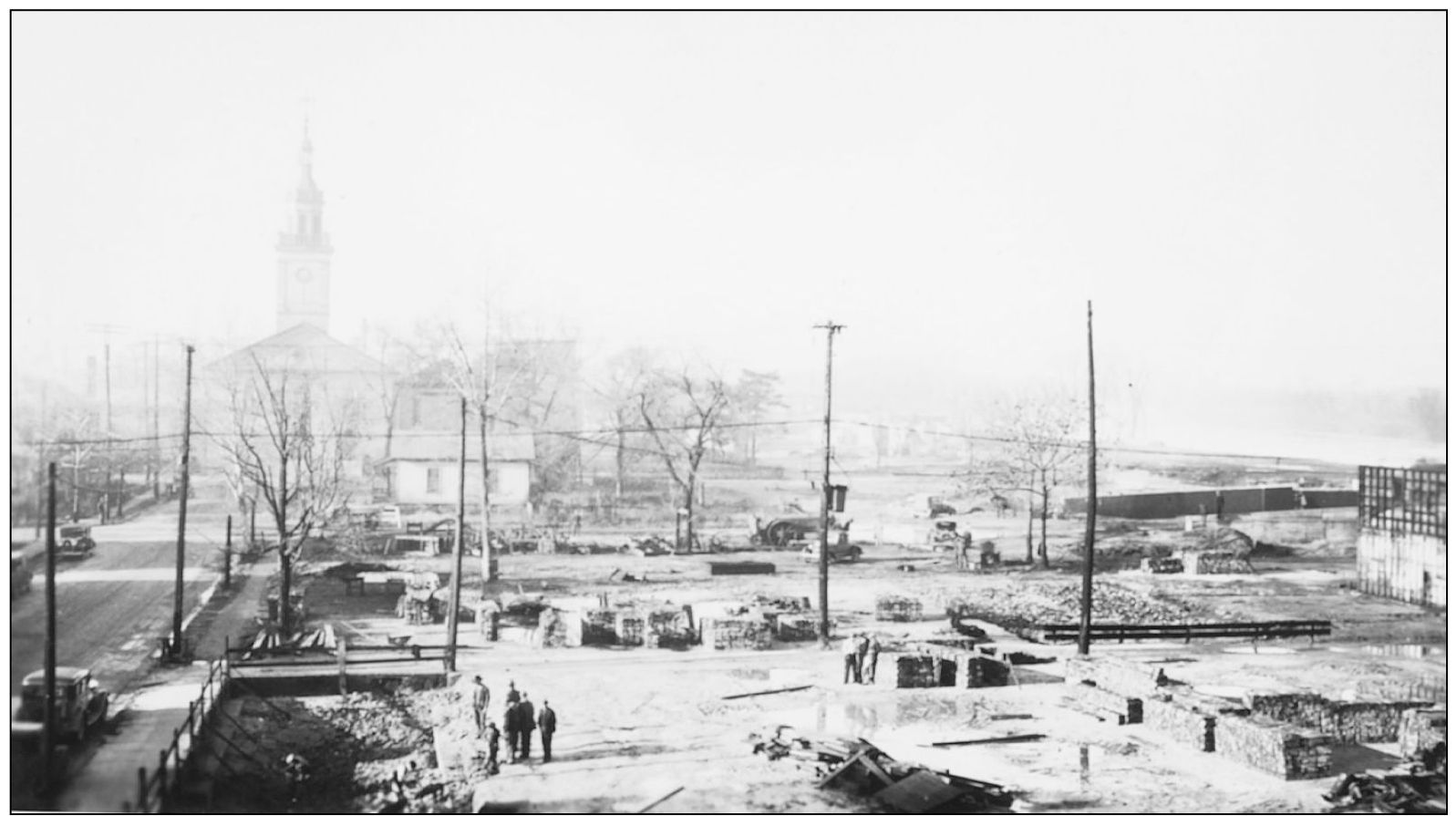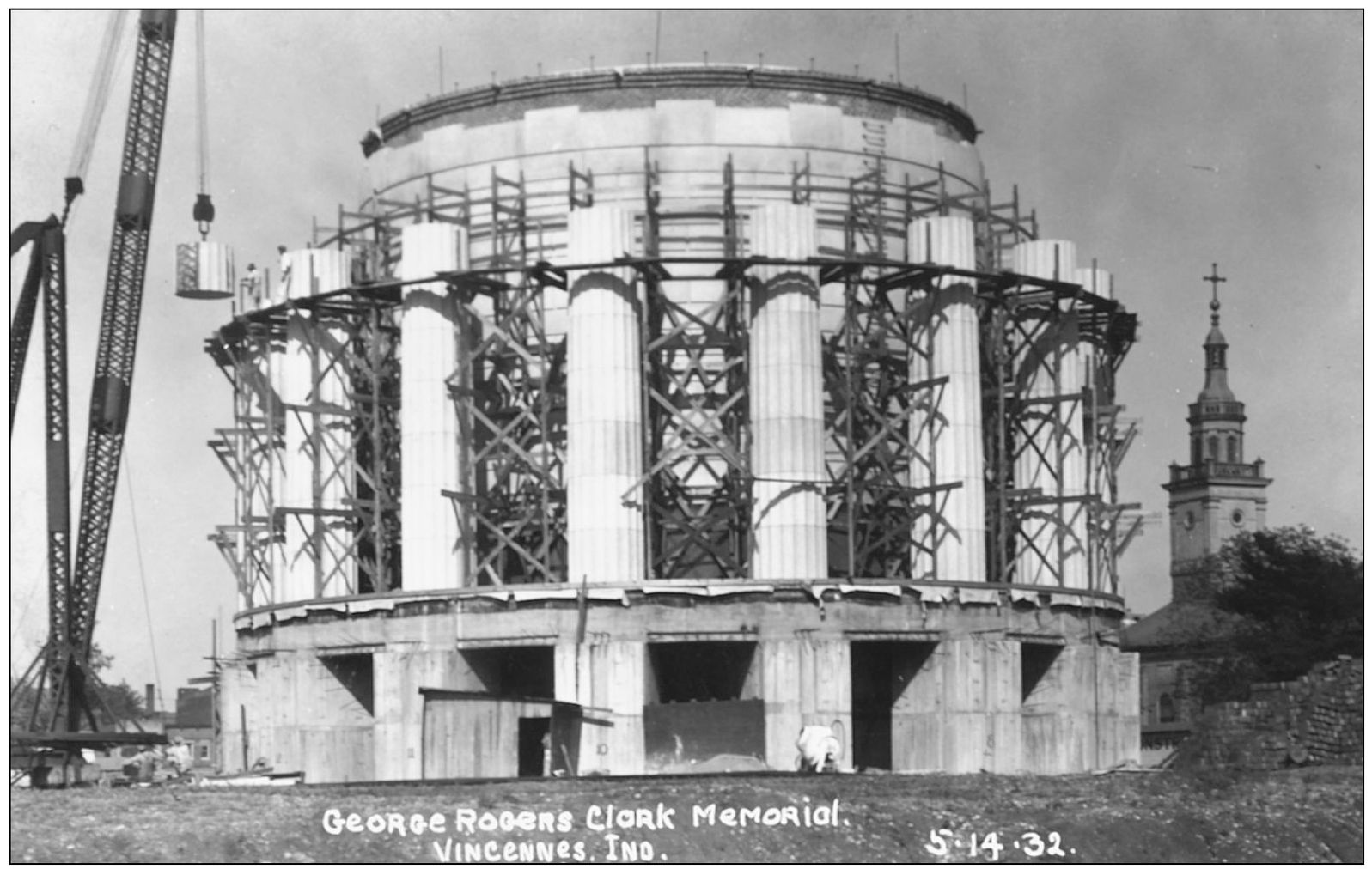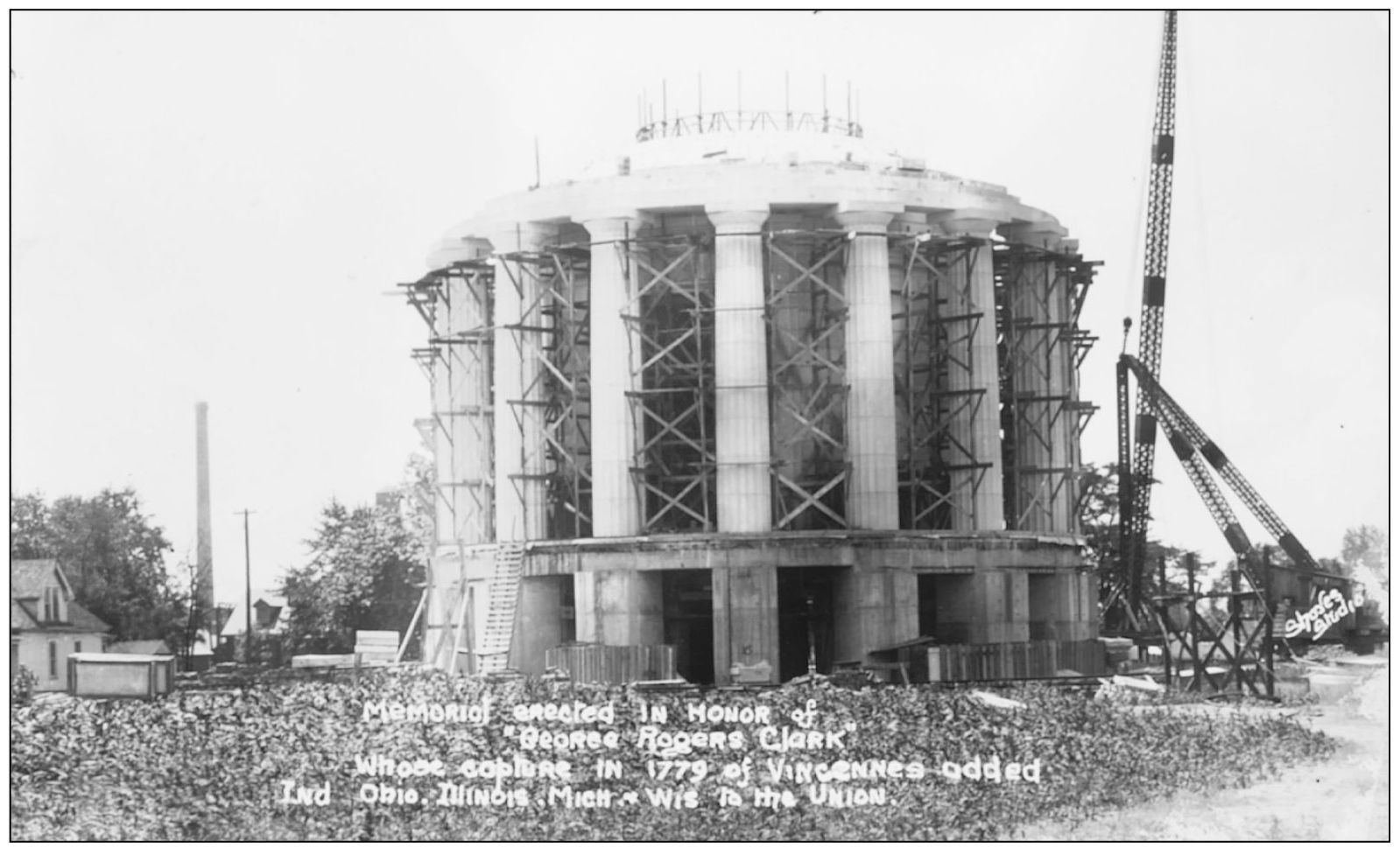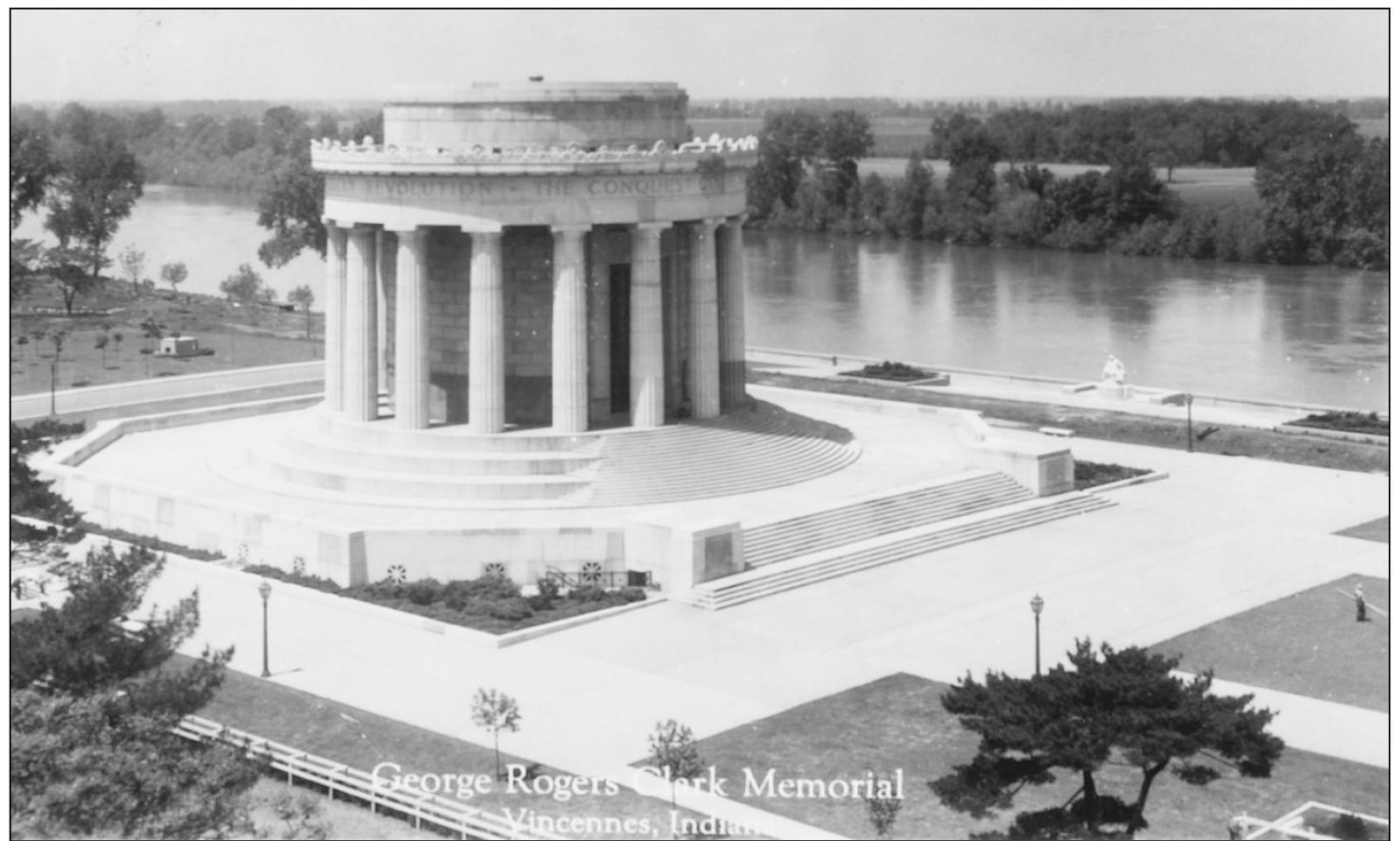Richard Day - Vincennes
Here you can read online Richard Day - Vincennes full text of the book (entire story) in english for free. Download pdf and epub, get meaning, cover and reviews about this ebook. year: 1998, publisher: Arcadia Publishing, genre: Non-fiction. Description of the work, (preface) as well as reviews are available. Best literature library LitArk.com created for fans of good reading and offers a wide selection of genres:
Romance novel
Science fiction
Adventure
Detective
Science
History
Home and family
Prose
Art
Politics
Computer
Non-fiction
Religion
Business
Children
Humor
Choose a favorite category and find really read worthwhile books. Enjoy immersion in the world of imagination, feel the emotions of the characters or learn something new for yourself, make an fascinating discovery.
- Book:Vincennes
- Author:
- Publisher:Arcadia Publishing
- Genre:
- Year:1998
- Rating:5 / 5
- Favourites:Add to favourites
- Your mark:
Vincennes: summary, description and annotation
We offer to read an annotation, description, summary or preface (depends on what the author of the book "Vincennes" wrote himself). If you haven't found the necessary information about the book — write in the comments, we will try to find it.
As Indianas oldest town, Vincennes has a richly textured and multifaceted history. Established in 1732 as a military and fur-trading post, it grew to become the cultural, political, and educational center of the Indiana Territory in the early 1800s. Illustrated with over two hundred picture postcards and rare photographs, Vincennes offers a unique view of life in this historic community on the banks of the Wabash River. This unprecedented collection creates a retrospective of Vincenness history from the early 1900s through the 1960s. Vincennes serves as a kind of time machine for its readers, enabling them to experience the sights and structures of yesteryear. The books lively commentary combines the images with colorful anecdotes, making this book both entertaining and educational. From photographs documenting its landscapepicturesque views of downtown and shots of Fort Knox and the Clark Memorialto evocative portraits of townspeople at work and playat Beesley Grocery or the Pantheon Theatrethis fascinating collection will give older readers a chance to walk Vincenness streets again, and younger readers a chance to appreciate their rich heritage.
Richard Day: author's other books
Who wrote Vincennes? Find out the surname, the name of the author of the book and a list of all author's works by series.

